New build homes are shiny, modern, and often come with the appeal of a fresh start.
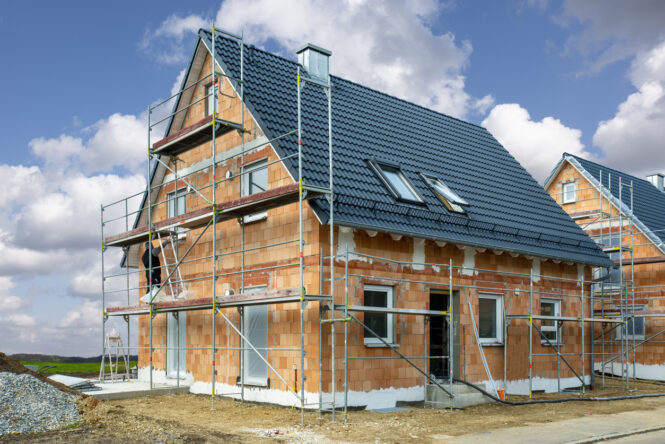
There are no worn carpets, no dodgy DIY from previous owners, and everything smells like paint and possibility. However, behind the gloss, there are downsides people don’t always talk about. If you’re considering one, here are 10 reasons they might not be as perfect as they look on the surface, and you might want to reconsider before signing on the dotted line for that hefty mortgage.
1. The build quality can be hit or miss.
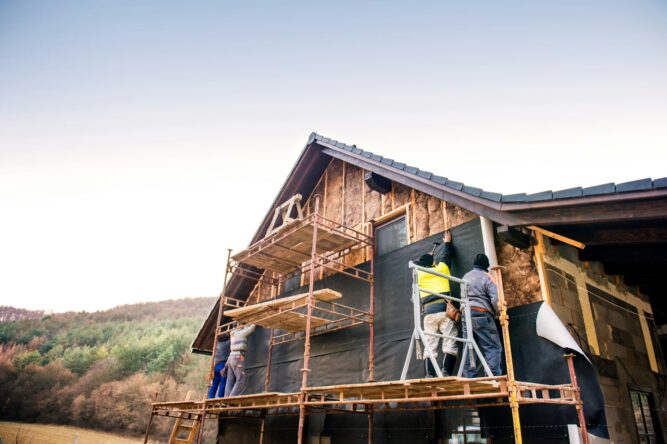
New builds go up fast—sometimes too fast. To meet tight deadlines, developers may cut corners with materials or workmanship. Walls might be poorly plastered, fittings can be wobbly, and what looks great at first glance may start showing flaws within months.
It’s not just about finishes, either. There have been cases where insulation was missing, plumbing wasn’t properly secured, or roofing wasn’t fully sealed. A detailed snagging inspection is essential because it’s surprisingly common to find a long list of fixes needed before the place feels truly solid.
2. Rooms are often smaller than you’d expect.

Modern layouts might look sleek in the brochure, but in reality, you’re sometimes getting less space for your money. Developers squeeze more properties onto limited plots, which means narrower rooms, low ceilings, and awkward storage solutions.
It’s not always obvious until you move your furniture in and realise things feel cramped. What passes as a “double bedroom” in a new build might’ve been a box room in a 1970s house. And once it’s yours, there’s no easy way to stretch the walls.
3. You’ll likely pay a premium for being the first.
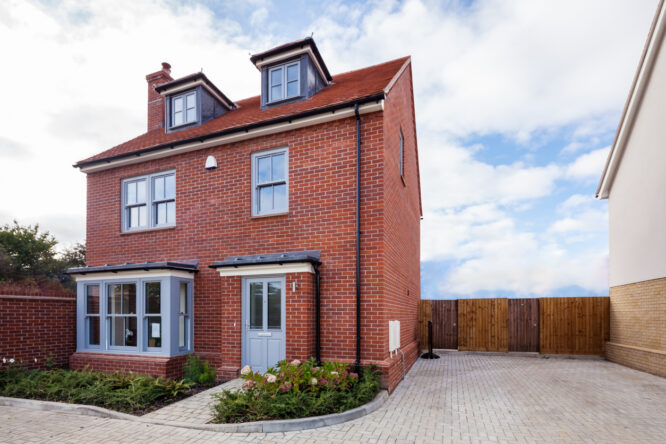
Buying new can come with a higher price tag than similar older properties nearby. Developers bank on the appeal of being the first to live there, but that freshness comes at a cost—and it doesn’t always hold its value once the home isn’t brand-new anymore. When you sell later, you’re competing with the next phase of sparkling new builds down the road, often with better incentives. That can make it harder to recover what you paid, especially if the housing market slows down.
4. Snagging issues are almost guaranteed.
 Source: Pexels
Source: Pexels Even if everything looks immaculate, there’s usually a snagging list once you settle in. From doors that don’t close properly to uneven flooring or paint splashes on fixtures, minor issues can pile up fast. The real issue is getting them sorted. Developers are often quick to promise fixes but slow to deliver. You can end up chasing for months, and some problems may only come to light after your warranty has kicked in with third-party companies, not the builder.
5. There’s little character or individuality.
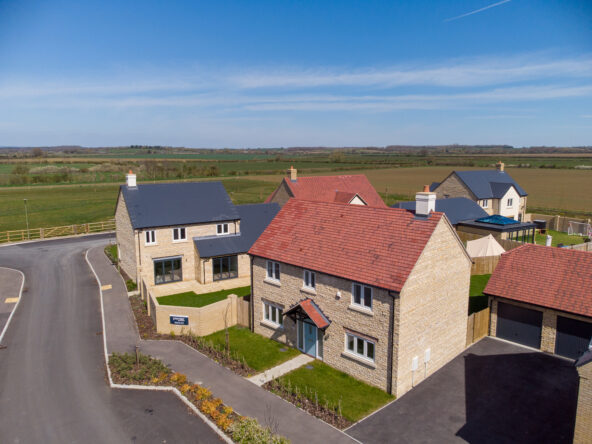
New build estates often come with a uniform look. Streets of near-identical houses, neutral interiors, and landscaped front gardens that all follow the same tidy formula. It’s clean, sure, but it can feel bland. If you value charm, quirks, or unique architectural details, new builds might fall flat. It can take a lot of personalisation to make the space feel like it has soul. And if you’re after something with history or atmosphere, a fresh shell might not scratch that itch.
6. Gardens tend to be tiny, or basically non-existent.
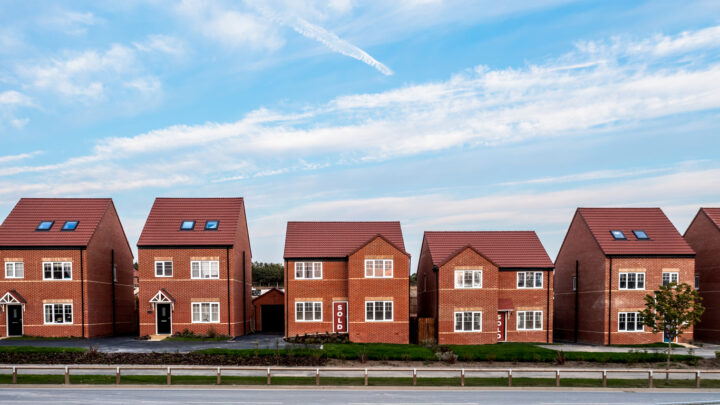
Outdoor space is often the biggest compromise in a new build. Developers prioritise plot numbers over garden size, so you might end up with a strip of grass barely big enough for a chair and a potted plant. It’s not just size, either. Some gardens come poorly graded, with drainage issues or cheap fencing. If outdoor living matters to you, it’s worth measuring up properly, not just assuming you’ll have the space to spread out.
7. Parking can be a long-term headache.
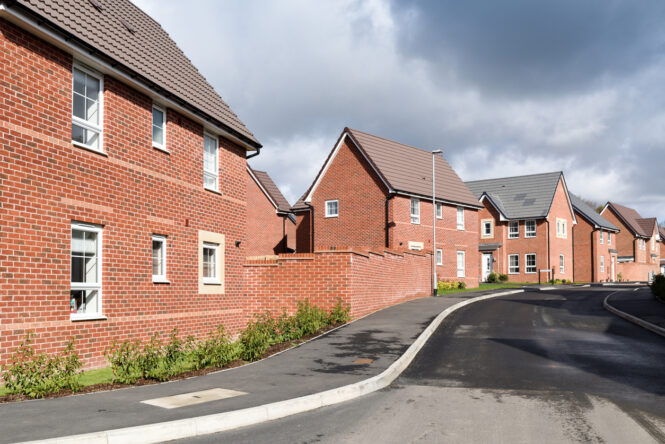
Many new builds only come with one parking space, even if the home is marketed as suitable for a family. Visitor parking is often limited, and roads in these developments can be narrow or poorly planned, making everyday parking frustrating. This becomes even more of a problem as the estate fills up. Delivery vans, guests, or households with more than one car can create ongoing stress, especially in tightly packed communities where there’s no room to expand later on.
8. You might be on a long leasehold, or face surprise fees.

Not all new builds are freehold, and even when they are, you can end up paying estate charges for shared spaces like green areas, roads, or lighting. These charges aren’t always well-explained up front, but they add up, and they increase over time.
Worse still, some leasehold homes come with clauses that allow ground rent to rise sharply. Always read the small print before you commit because those costs don’t just affect your budget—they can impact your ability to sell down the line.
9. The community may take years to take shape.

New developments are often half-built when you move in, meaning you could spend months or even years living among construction noise, dust, and temporary roads. Neighbours might come and go, and local facilities like shops or schools may not be ready yet.
This sense of limbo can make it hard to feel settled. You don’t really know what kind of community you’re stepping into until it’s fully up and running, and by then, the reality might not match the glossy brochure at all.
10. Some homes are built in less established areas.
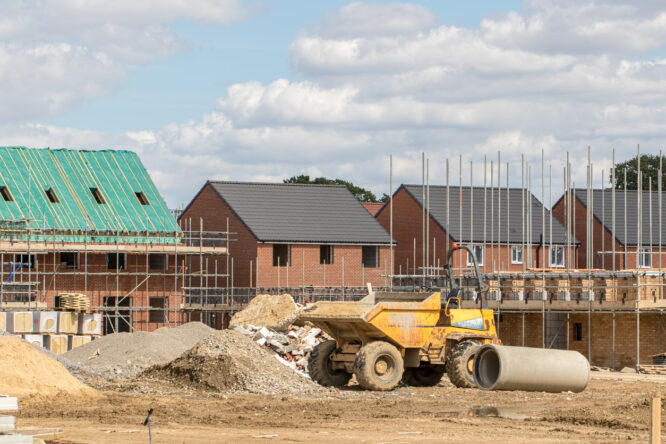
To keep prices competitive, many new builds pop up in places that are still developing, meaning there may be limited transport links, few amenities, or long commutes. It can feel isolating, especially if you’re used to having everything close by.
While the area might “grow into” its potential over time, there’s no guarantee. You could end up stuck in a location that never quite takes off the way the developer promised. And moving again isn’t always as simple as it sounds once you’re settled in.




